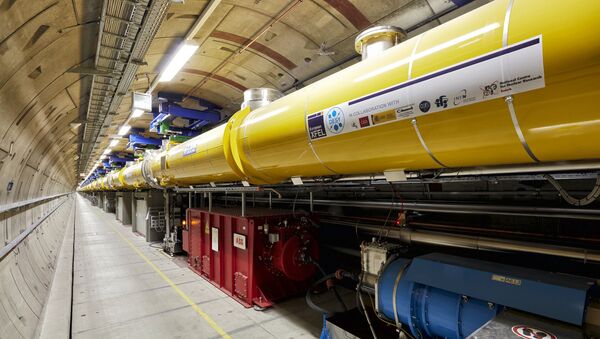MOSCOW (Sputnik) – A European x-ray free electron laser (XFEL), created with Russian contribution, will allow the scientists to get acquainted with nature-like technologies, and therefore, enhance research in various fields of natural science, Director of Russia's National Research Centre Kurchatov Institute Mikhail Kovalchuk told Sputnik on Friday.
"This is a unique research tool, first of all, in the areas of nano and bio technologies. With the help of the hyper-luminous and ultrashort impulses of x-rays the scientists will be able to see the processes ongoing in the nanoworld. It will let us enhance research in the spheres of physics, chemistry, life sciences, science of materials, and biomedicine," Kovalchuk said.
The director of noted that the project was a sign of the success of Russian-German cooperation against the backdrop of difficult political situation.
"I want to stress that XFEL is almost the only big scientific project in recent years, which has been implemented without delays and any excess of initial budget. It demonstrates a vivid example of how German and Russian cooperation leads to mutually beneficial breakthroughs," Kovalchuk pointed out.
The use of the laser will officially begin in the German city of Hamburg at 14:00 GMT.


